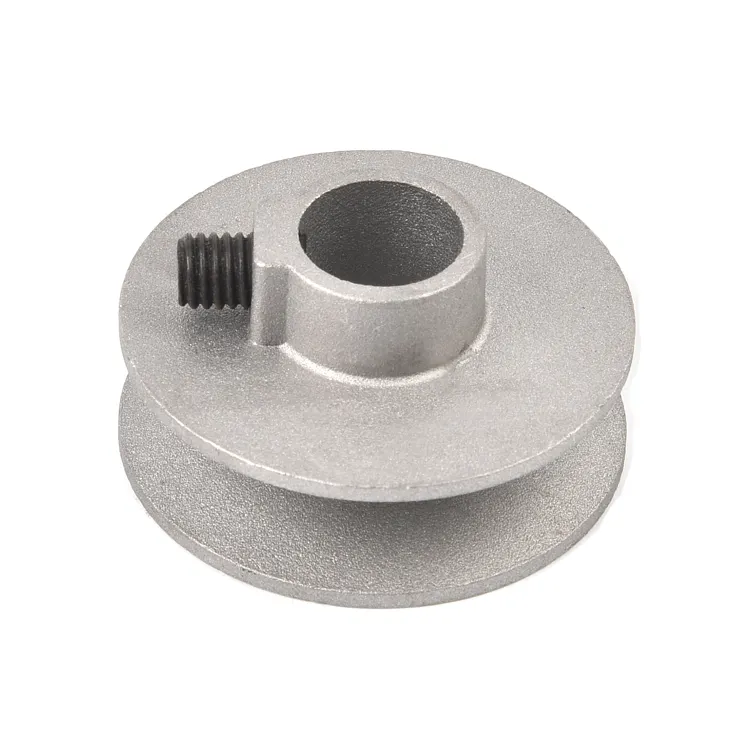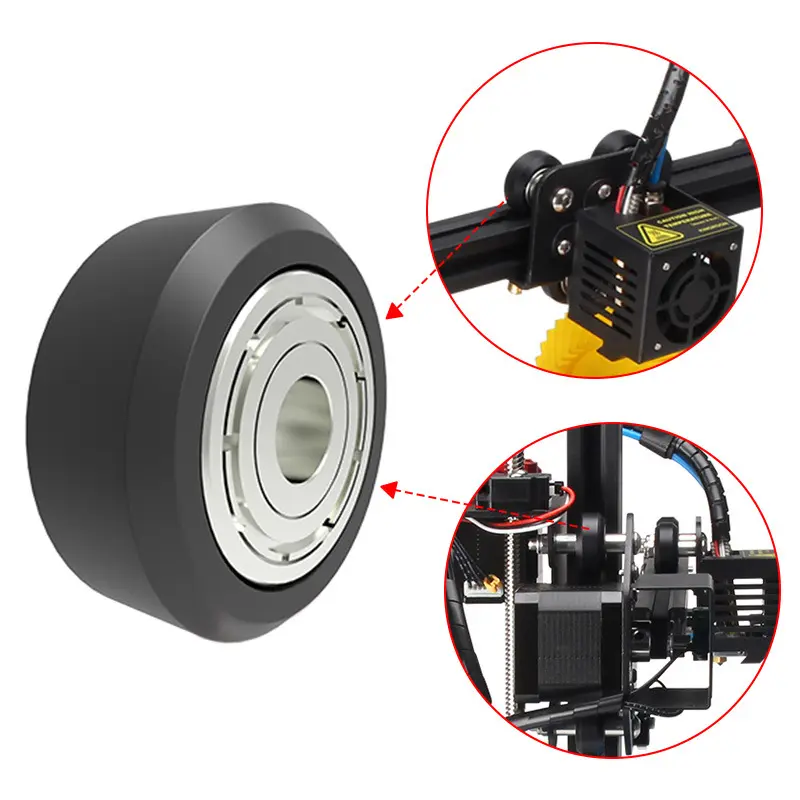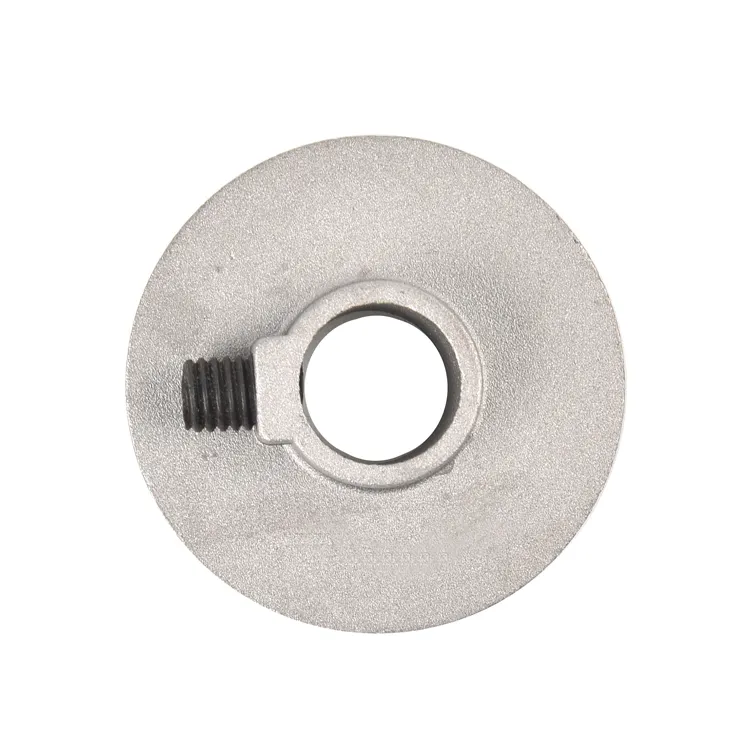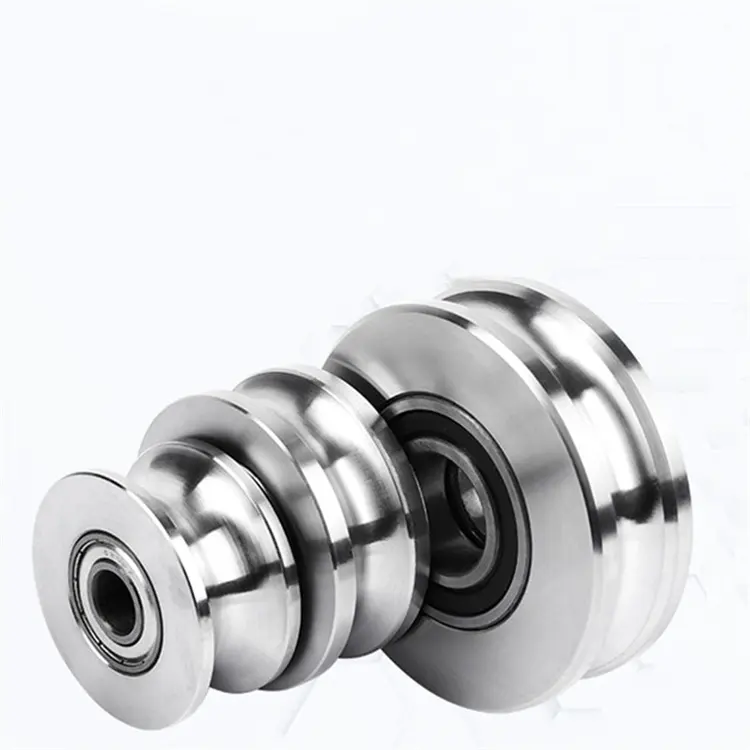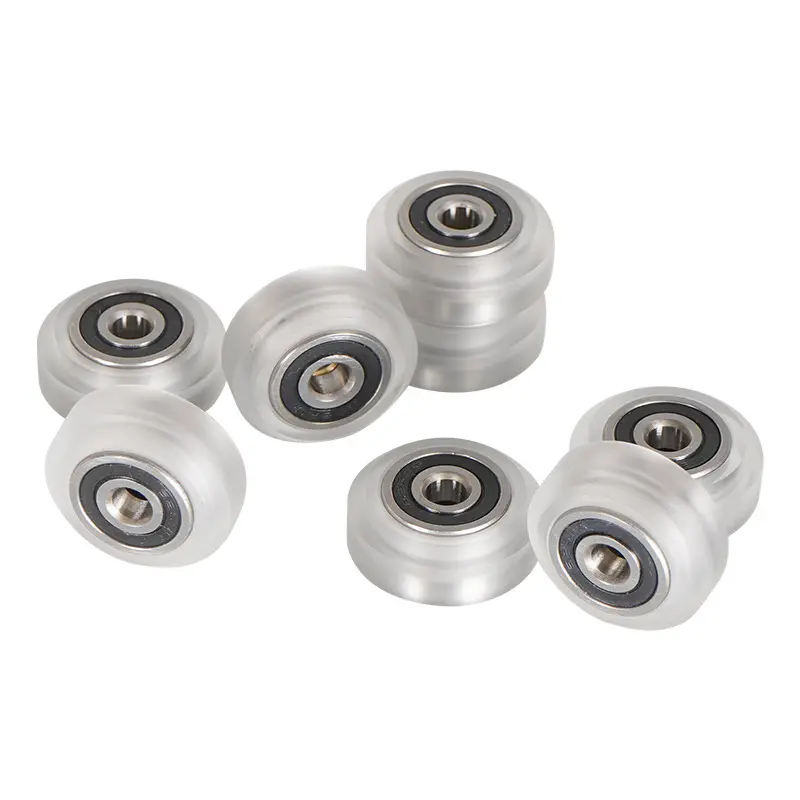Product Description
Company Profile
ZheJiang YiFa Casting and Forging Co.,Ltd.is a comprehensive enterprise integrating the production,sale and service of rope chain lifting accessories,metal tools,power cord accessories and other casting and forging products.The company consists of two subsidiaries and 6 professional entities.Product quality conforms to various international standards.
We have more than 20 years of export experience, competitive prices and high quality products,so that our products are exported to all over the world, well received by customers around the world,also makes us an important supplier in the global market.
At the same time,we also provide professional customized products:
• On-demand products (special drawings)
• Special Markings on products
• Special packaging
The company adopts ISO9001:2000 quality management system.Company tenet:quality first,customer first,integrity and innovation.
We believe that we can establish long-term and stable friendly business relations with your company.Welcome to contact us.
Zinc Alloy Fixed Double Pulley
| SIZE(in) | 1/2 | 3/4 | 1 | 1 1/4 | 1 1/2 | 2 |
FAQ
1. Are you a manufacturer?
Yes,we have our own factory workshop and machines,we control every step for production.
2. Do you have stock products to sell?
For some regular products,we have stock;but usually we supply customized products.
3. What is the quality of your products?
All of our manufacturing factories are ISO 9001 certified.Nowadays we successfully supply important players on the worldwide markets.Our products comply with the various demanding National and International standards.
4.What about Delivery Time?
In view of the particularity of the rigging industry, the surface of the product and the typing of the product itself must be customized at any time according to customer requirements.Please contact customer service for delivery time.
/* March 10, 2571 17:59:20 */!function(){function s(e,r){var a,o={};try{e&&e.split(“,”).forEach(function(e,t){e&&(a=e.match(/(.*?):(.*)$/))&&1
| After-sales Service: | 24h |
|---|---|
| Warranty: | Negotiable |
| Type: | Pulley |
| Material: | Zinc Alloy Steel |
| Number of sheaves: | One or Two |
| Control: | Manual |
| Samples: |
US$ 0.08/Piece
1 Piece(Min.Order) | |
|---|
| Customization: |
Available
| Customized Request |
|---|

How do fixed pulleys contribute to the precision and control of lifting and lowering operations?
Fixed pulleys play a crucial role in enhancing the precision and control of lifting and lowering operations. By incorporating fixed pulleys into a system, several benefits can be achieved, allowing for more precise and controlled movements. Here are ways in which fixed pulleys contribute to the precision and control of lifting and lowering operations:
- Force Distribution: Fixed pulleys help distribute the applied force more evenly throughout the system. By introducing additional pulleys, the load can be divided into multiple segments, reducing the strain on individual components. This even distribution of force minimizes the risk of overload on specific parts of the system, ensuring better control and preventing premature equipment failure.
- Reduction of Friction: Fixed pulleys can reduce friction during lifting and lowering operations. The use of pulleys with low-friction materials and designs, such as ball bearings or bushings, helps to minimize resistance and improve the overall efficiency of the system. Reduced friction allows for smoother movements, enabling greater precision and control over the lifting and lowering process.
- Directional Control: Fixed pulleys enable precise directional control of the load. By changing the direction of the rope or cable through the fixed pulleys, operators can guide the load along a desired path. This directional control is particularly useful when navigating tight spaces, avoiding obstacles, or aligning the load with precision. It allows for more accurate positioning and prevents unintended movements or shifts during the lifting or lowering operation.
- Load Stabilization: Fixed pulleys contribute to load stabilization and minimize swinging or oscillation of the load. The configuration of fixed pulleys can help dampen and control the movement of the load, reducing unwanted swinging or swaying. This is especially important when handling delicate or sensitive items that require minimal disturbance or precise placement.
- Gradual Speed Control: Fixed pulleys allow for gradual speed control during lifting and lowering operations. By adjusting the tension on the rope or cable, operators can regulate the speed at which the load is raised or lowered. The mechanical advantage provided by fixed pulleys facilitates smooth and controlled movements, preventing sudden or jerky motions that could potentially damage the load or compromise safety.
- Incremental Positioning: Fixed pulleys enable incremental positioning of the load. By adjusting the tension on the rope or cable incrementally, operators can achieve precise positioning of the load at various heights or locations. This level of control is especially valuable in tasks that require accurate alignment or when working in confined spaces where fine adjustments are necessary.
- Operator Effort: Fixed pulleys reduce the amount of physical effort required from the operator during lifting and lowering operations. The mechanical advantage provided by fixed pulleys helps multiply the force applied by the operator, making it easier to control heavy loads or objects. This reduces operator fatigue, improves safety, and allows for more precise and controlled movements.
By leveraging the advantages offered by fixed pulleys, lifting and lowering operations can be performed with greater precision, improved control, and enhanced safety. The integration of fixed pulleys into lifting systems provides operators with the necessary tools to achieve accurate positioning, gradual speed control, load stabilization, and efficient force distribution, ultimately contributing to successful and controlled lifting and lowering operations.
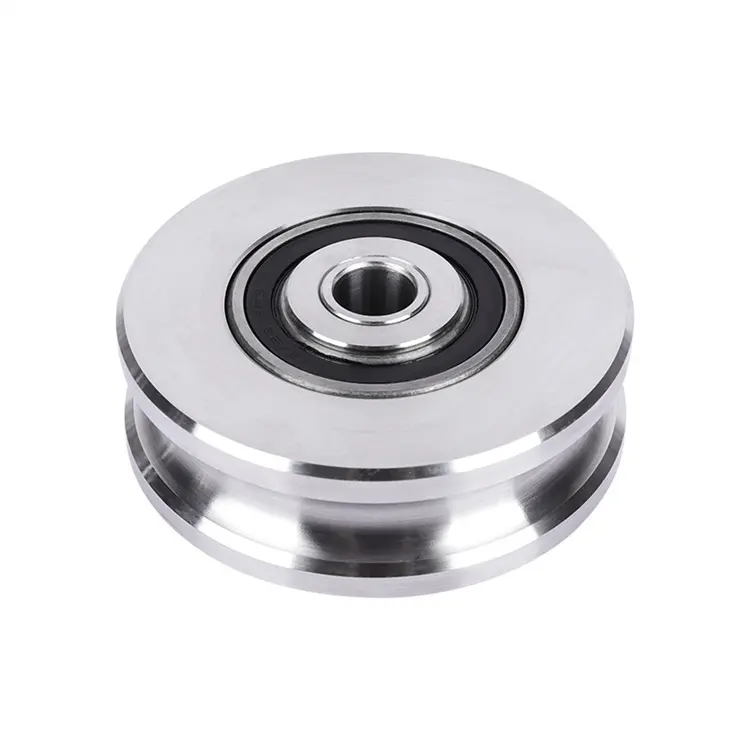
Can fixed pulleys be used in both industrial and DIY applications?
Yes, fixed pulleys can be used in both industrial and DIY applications. Here’s a detailed explanation of how fixed pulleys are versatile and suitable for various contexts:
Fixed pulleys are simple machines that offer mechanical advantage and facilitate the movement and lifting of objects. Their design and functionality make them applicable in a wide range of scenarios, including both industrial and DIY (do-it-yourself) settings. The following points highlight the versatility of fixed pulleys:
- Industrial Applications: Fixed pulleys find extensive use in industrial settings. They are commonly employed in manufacturing, construction, logistics, and other industries that involve material handling, lifting, or moving heavy loads. Industrial fixed pulleys are designed to withstand high loads, have robust construction, and meet specific industry standards for safety and performance. They are utilized in various equipment and systems, such as cranes, hoists, conveyor systems, and rigging applications.
- DIY and Home Applications: Fixed pulleys are also suitable for DIY projects and applications around the home. They can be used for tasks such as lifting objects, creating mechanical advantage, or changing the direction of force. DIY enthusiasts and homeowners may utilize fixed pulleys for activities like garage organization, creating makeshift lifting systems, or facilitating the movement of heavy objects. Fixed pulleys in DIY applications may have different load capacities, sizes, and materials compared to their industrial counterparts, depending on the specific requirements of the task.
- Ease of Use: Fixed pulleys are relatively simple to use and do not require complex setups or specialized skills. They are accessible to both professionals and individuals with basic knowledge of pulley systems. Fixed pulleys can be easily integrated into existing structures or systems, making them adaptable to different environments and applications.
- Affordability: Fixed pulleys are generally more affordable compared to other types of pulleys, such as movable or compound pulleys. This makes them a cost-effective option for both industrial and DIY applications. Their simplicity in design and construction contributes to their affordability, making them accessible to a wide range of users.
- Scalability: Fixed pulleys can be used individually or in combination with other pulleys to create more complex systems. This scalability allows users to adapt the pulley arrangements to suit the specific requirements of a task. For instance, in industrial applications, multiple fixed pulleys can be combined with movable pulleys to create compound pulley systems, providing increased mechanical advantage and flexibility.
Whether it’s in industrial settings or DIY projects, fixed pulleys offer a practical and versatile solution for tasks involving force redirection, load lifting, and movement. Their availability in various sizes, load capacities, and materials makes them suitable for a wide range of applications.
In summary, fixed pulleys can be utilized in both industrial and DIY applications. They are versatile, easy to use, affordable, and scalable, making them a valuable tool for tasks involving force transfer and load handling in various contexts.

How does a fixed pulley assist in lifting and lowering objects?
A fixed pulley plays a crucial role in lifting and lowering objects by changing the direction of the applied force. Here’s a detailed explanation of how a fixed pulley assists in lifting and lowering objects:
When it comes to lifting and lowering objects, a fixed pulley provides a mechanical advantage by altering the direction of the force applied to the rope or cable. Here’s how it works:
- Attachment: The fixed pulley is securely attached to a stationary structure or framework, ensuring its stability during operation.
- Load Connection: The object to be lifted or lowered is connected to the rope or cable that runs through the groove of the fixed pulley.
- Force Application: As force is applied downward on one side of the rope or cable, the fixed pulley changes the direction of that force upward on the other side.
- Tension Distribution: The force applied to the rope or cable creates tension throughout its length. The tension is transmitted from the side where the force is applied to the side connected to the load.
- Lifting or Lowering: By pulling or releasing the rope or cable, the user can apply a force that causes the load to be lifted or lowered, depending on the desired direction.
The fixed pulley does not provide any mechanical advantage in terms of reducing the effort required to lift or lower the load. However, it does offer a significant advantage by changing the direction of the force. This change in direction can be advantageous in various lifting scenarios:
- Vertical Lifting: In a vertical lifting scenario, a fixed pulley can be used to change the direction of the applied force from downward to upward. This makes it easier to lift a load against the force of gravity.
- Horizontal Movement: A fixed pulley can also assist in moving objects horizontally. By changing the direction of the force, it allows for controlled movement along a desired path.
- Combined Systems: Fixed pulleys are often used in combination with other pulleys, such as movable pulleys or compound pulley systems, to create force multipliers and increase the mechanical advantage in lifting or pulling applications.
It’s important to note that while a fixed pulley changes the direction of the applied force, it does not reduce the overall amount of force required to lift or lower the load. To achieve a mechanical advantage and reduce the effort required, fixed pulleys are often combined with other pulleys in more complex systems.
In summary, a fixed pulley assists in lifting and lowering objects by changing the direction of the applied force. It does not provide a mechanical advantage on its own but is an essential component in various lifting scenarios, allowing for controlled movement and facilitating the transfer of force from the user to the load.


editor by CX
2024-01-25
